Ask Ethan: What science experiments will open the door to the future?
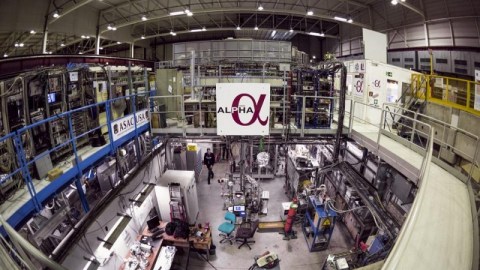
Many sci-fi technologies will remain in the realm of fiction unless physics changes. But some experiments could uncover just that!
“Imagination makes us aware of limitless possibilities. How many of us haven’t pondered the concept of infinity or imagined the possibility of time travel? In one of her poems, Emily Bronte likens imagination to a constant companion, but I prefer to think of it as a built-in entertainment system.”
–Alexandra Adornetto
The dream of instantaneous communication, interstellar spaceships, and the ability to travel backwards in time are staples of science fiction. In many ways, they represent humanity’s greatest hopes, and yet they rely on technologies that go beyond what science currently knows is possible. Still, with ongoing experiments at the frontiers of discovery, it’s possible that a new door will open at any time. If we get lucky, what’s just over the horizon? That’s what Igor Zhbanov wants to know:
Provided that we have some luck, what science experiments that are going to happen withing a couple of decades could open us a way to build some sci-fi movie tech?
There are a number of fantastic possibilities that could reshape our reality by time the 21st century comes to an end.
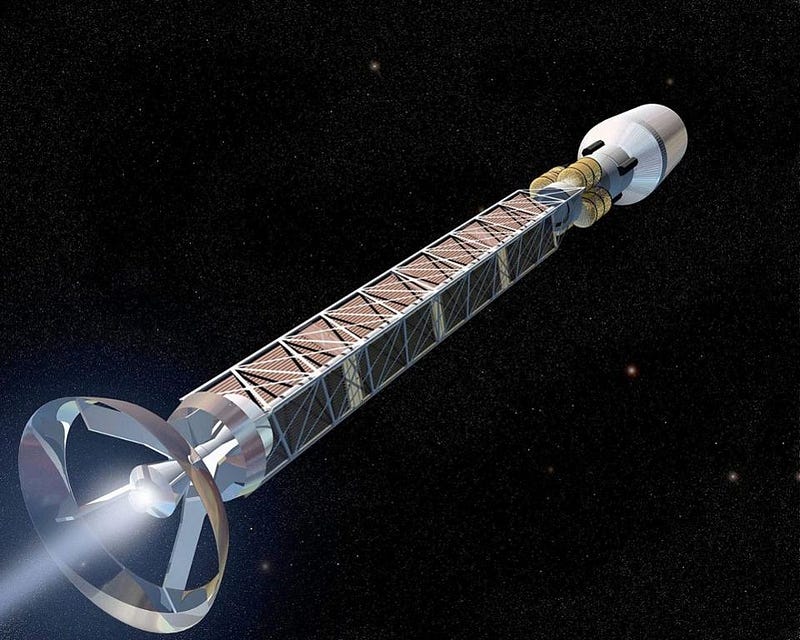
Dark matter could be an unlimited fuel source that we don’t need to carry with us. One of the biggest mysteries in science is just what, exactly, the nature of dark matter is. We know it exists thanks to indirect observations, and we know that it’s abundant. If you added up all the dark matter present within a large galaxy like our own, you’d find there’s five times as much of it as there is normal (atom-based) matter. It’s almost certainly made out of a particle with some generic properties:
- it has a mass,
- it doesn’t have an electric or color charge,
- it does have a gravitational interaction,
- and, at some level, it should be able to collide with itself and/or normal matter.
We know, from Einstein’s famous E = mc², that there’s a tremendous amount of energy stored in this dark matter: five times as much as in all the normal matter combined. If the Universe is kind to us, we just might be able to harness it.
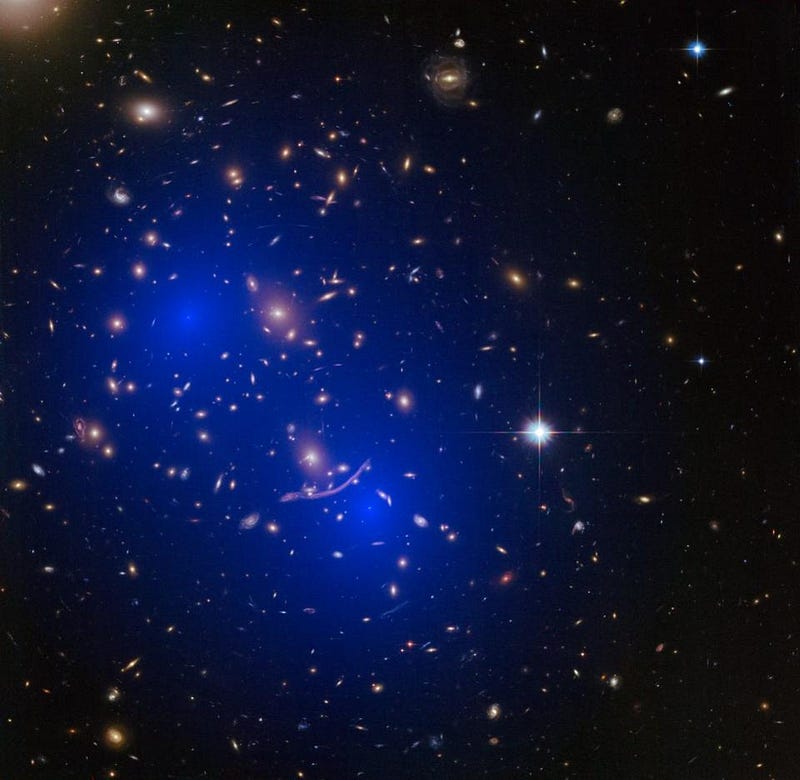
There are a multitude of experiments looking for the collisions of dark matter with both normal matter and itself. In general, there are two types of particles: fermions (with half-integer spins) and bosons (with integer spins). If dark matter is a boson, that means it’s most likely its own antiparticle, which means that if you can harness two dark matter particles and make them interact with one another, they’ll annihilate. And if they annihilate, then they produce pure energy. In other words, it’s a free, unlimited source of energy everywhere you go. And because it’s everywhere, you don’t even need to carry it with you as you traverse the Universe. So when you hear about experiments looking for dark matter, the unlimited, free energy we get out is the ultimate dream.
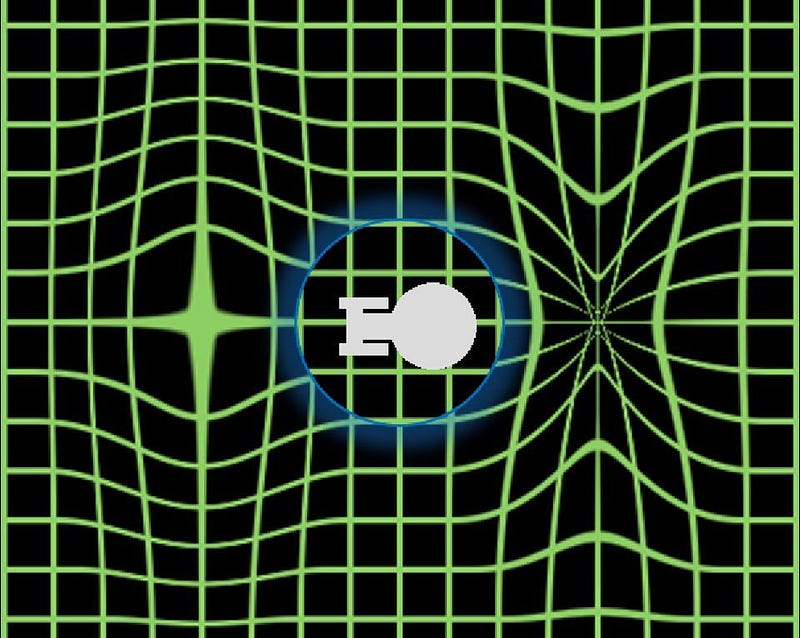
Antimatter could have negative mass, which means it might be the key to warp drive. If you want to travel to the stars, conventional energy and fuel sources will only get you so far. Or, more literally, they’ll only get you so fast: you’ll forever be limited by the speed of light. The nearest Sun-like star with potentially habitable worlds, Tau Ceti, is approximately 12 light-years away, which means even arriving there and sending back word of what it’s like is a venture that takes at least a generation. But if we could contract the space in front of us as we voyaged across interstellar space, while simultaneously expanding the space behind us, we could get there much faster. That’s the idea behind warp drive, which was put on solid physical footing by astrophysicist Miguel Alcubierre in 1994.
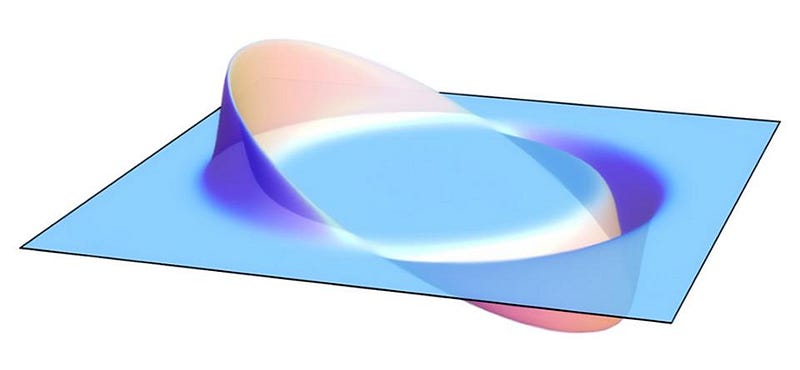
In order to achieve the proper configuration of spacetime required to achieve warp drive, two things are needed: a tremendous amount of energy, and the existence of negative mass. That negative mass, which is only speculative, is required to deform spacetime in the proper way to make warp drive possible. Yet we’ve never measured the mass of antimatter particles; whether they fall “down” or “up” in a gravitational field is an experiment that has yet to be conclusively performed. CERN’s ALPHA experiment is currently working to measure the gravitational effects of antimatter, and how it behaves in a gravitational field. If the answer is that it falls “up” in a gravitational field, we just might get our negative mass, and warp drive might be possible after all.
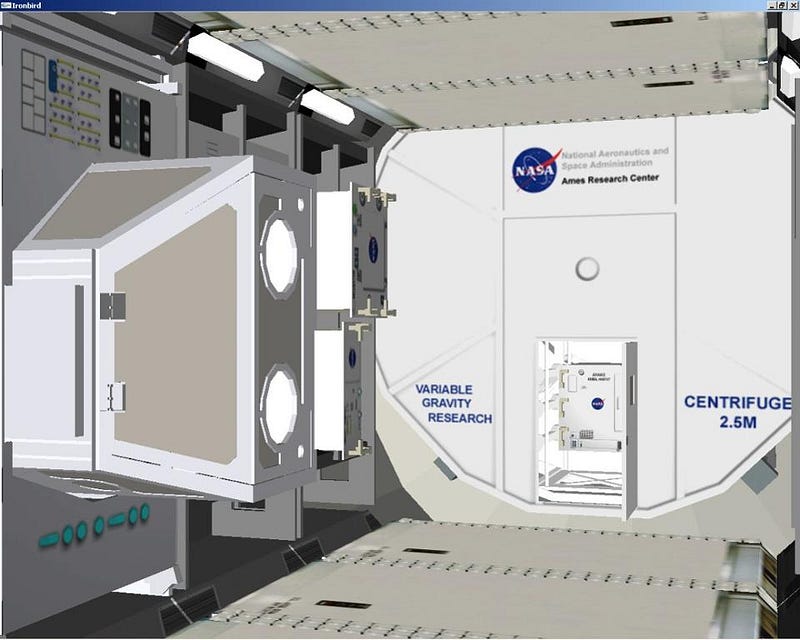
Negative mass would also allow us to create artificial gravity. That same possibility — that some type of negative mass exists in the Universe — would enable us to create an artificial gravity field in a way that we presently cannot. The existence of positive and negative charges in electromagnetism enable us to create conductors, which allow us to manipulate the electric fields between them and shield ourselves from any electric fields outside of them. Gravitation, as we presently understand it, only possesses one type of charge: positive mass. However, the existence of a negative mass would enable us to create a true zero-gravity environment if we configured it properly, while simultaneously empowering us to create an artificial gravity field of whatever magnitude we wanted between two positive mass/negative mass systems.
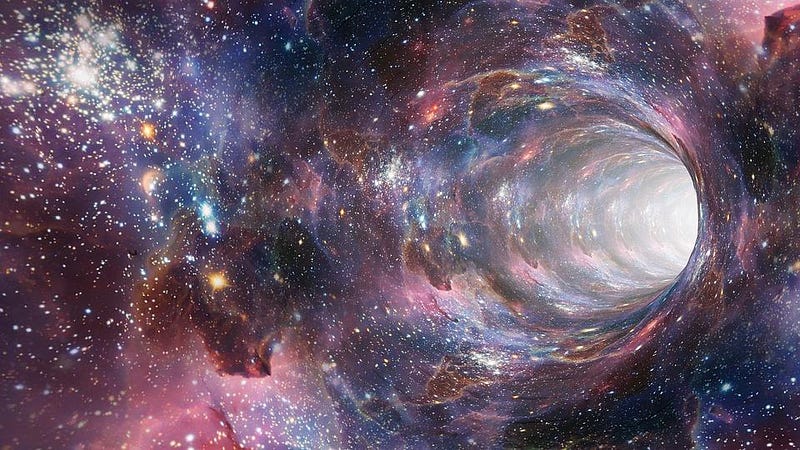
A rotating Universe could allow us to travel back in time. Time travel is not only possible, it’s inevitable… in the forward direction. With space and time unified into the fabric of spacetime, it would require some major shakeup to physics-as-we-know-it to enable time travel in the backwards direction. It’s pretty easy to come back to your starting location in space: the Earth does this when it returns to its starting point around the Sun, but it’s traveled forward in time a considerable amount (one year) to do so. A “closed space-like curve” is easy to achieve. To come back to your starting location in time requires something extraordinary, however: a “closed time-like curve” is a feature our expanding, matter-filled Universe doesn’t have. Unless, that is, the Universe rotates.
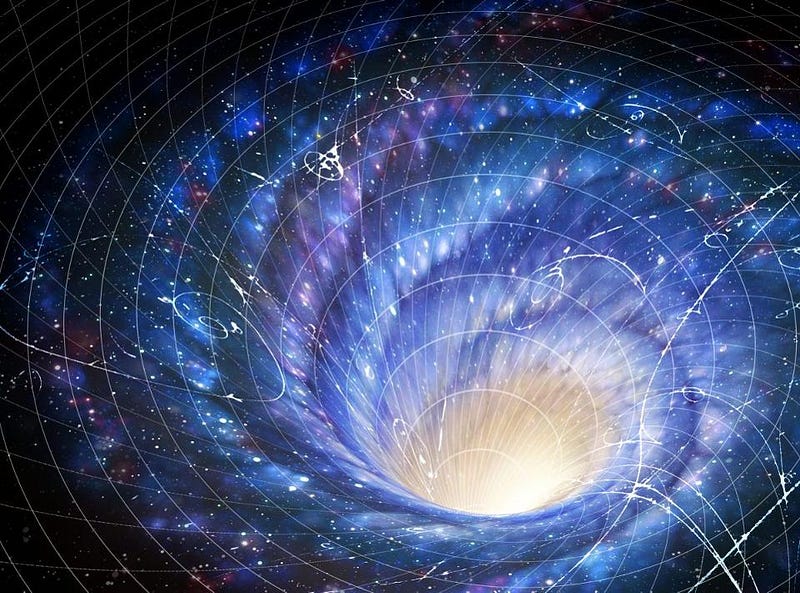
In a Universe that rotates, there exists an exact solution where if the matter density and the cosmological constant (i.e., dark energy) have specific values, the Universe must have closed time-like curves. So far, we’ve only placed constraints on the overall, global rotation of the Universe, but we haven’t ruled it out. If the Universe turns out to be rotating at a particular rate that balances exactly what the matter density and cosmological constant values require, then it’s completely possible to travel back in time and come back to your exact starting point not only in space, but in spacetime. Large-scale, deep surveys, like types the upcoming WFIRST or LSST observatories will perform, may reveal such a rotation, if it exists.
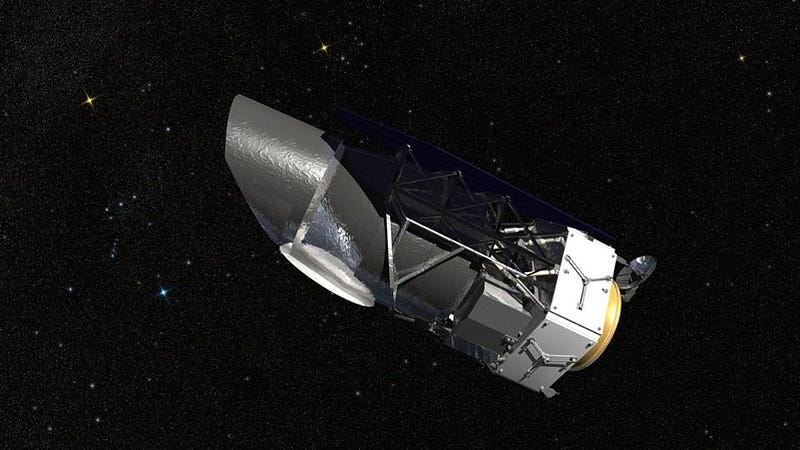
There are always more exotic possibilities that are scientifically allowed — teleportation of physical objects, instantaneous travel between discontinuous locations (wormholes), or faster-than-light communication — but those would require significantly more complex finagling that just one experiment giving unexpected-but-plausible results. Nevertheless, we are compelled to look. Science isn’t a story that just has an endpoint, where we learn all there is to know, and then we stop. It’s a continuing detective story, where each discovery, each data point, and each experiment inevitably leads to deeper questions down the road. Wherever that road winds up taking us, it’s important to envision the possibilities, and what it would take to make them come true, at every step along the journey.
Ethan Siegel is the author of Beyond the Galaxy and Treknology. You can pre-order his third book, currently in development: the Encyclopaedia Cosmologica.





